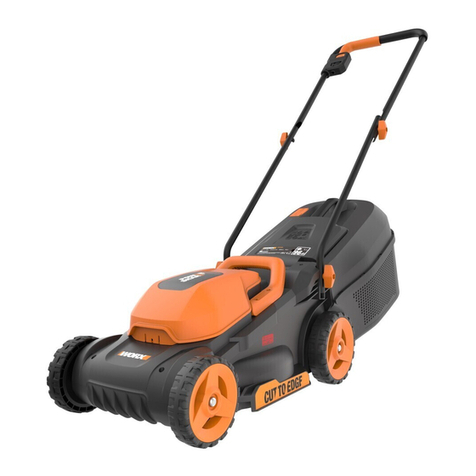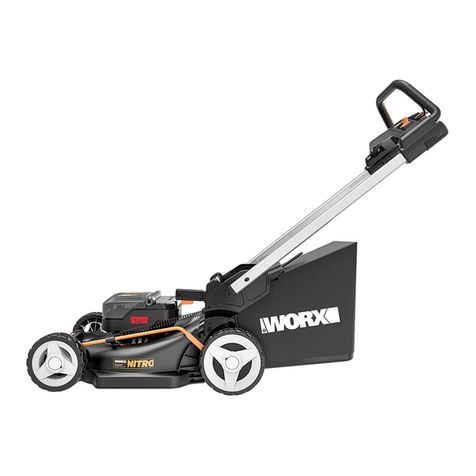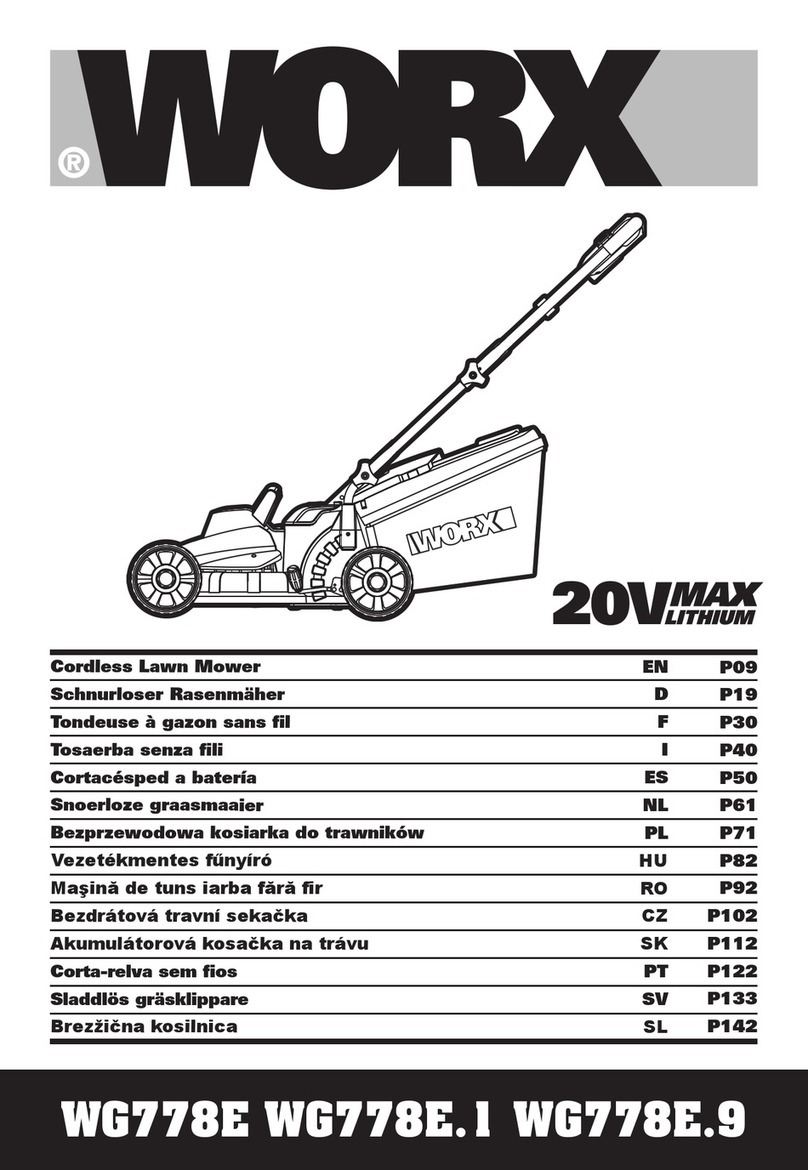Worx Landroid User manual
Other Worx Lawn Mower manuals
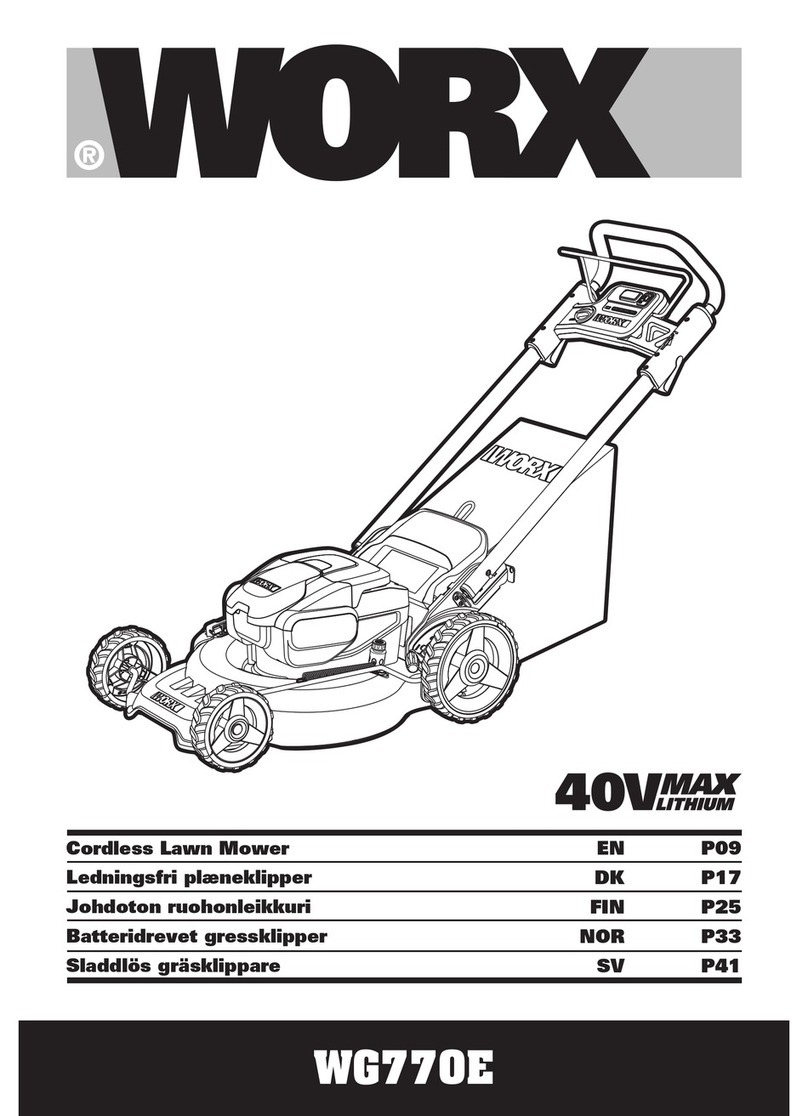
Worx
Worx WG770E User manual

Worx
Worx WG750 9 Series User manual
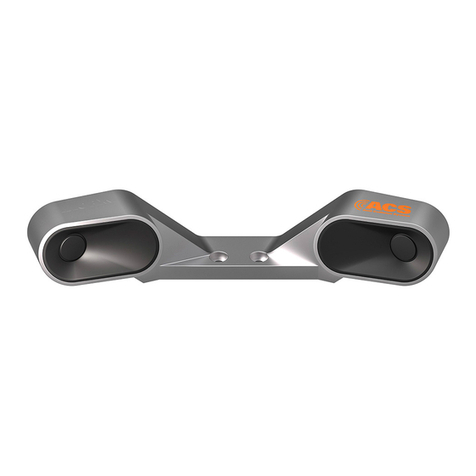
Worx
Worx Landroid Series Specification sheet
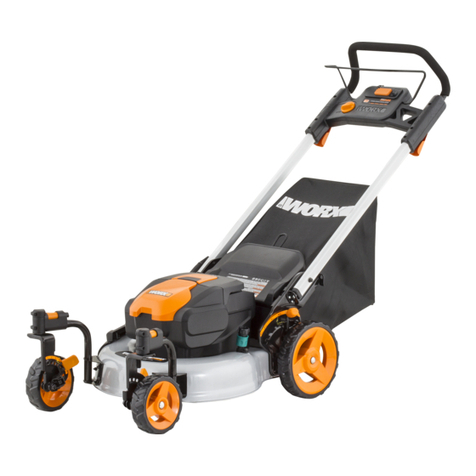
Worx
Worx WG771 User manual

Worx
Worx landroid wg791E User manual

Worx
Worx Landroid WR150E User manual
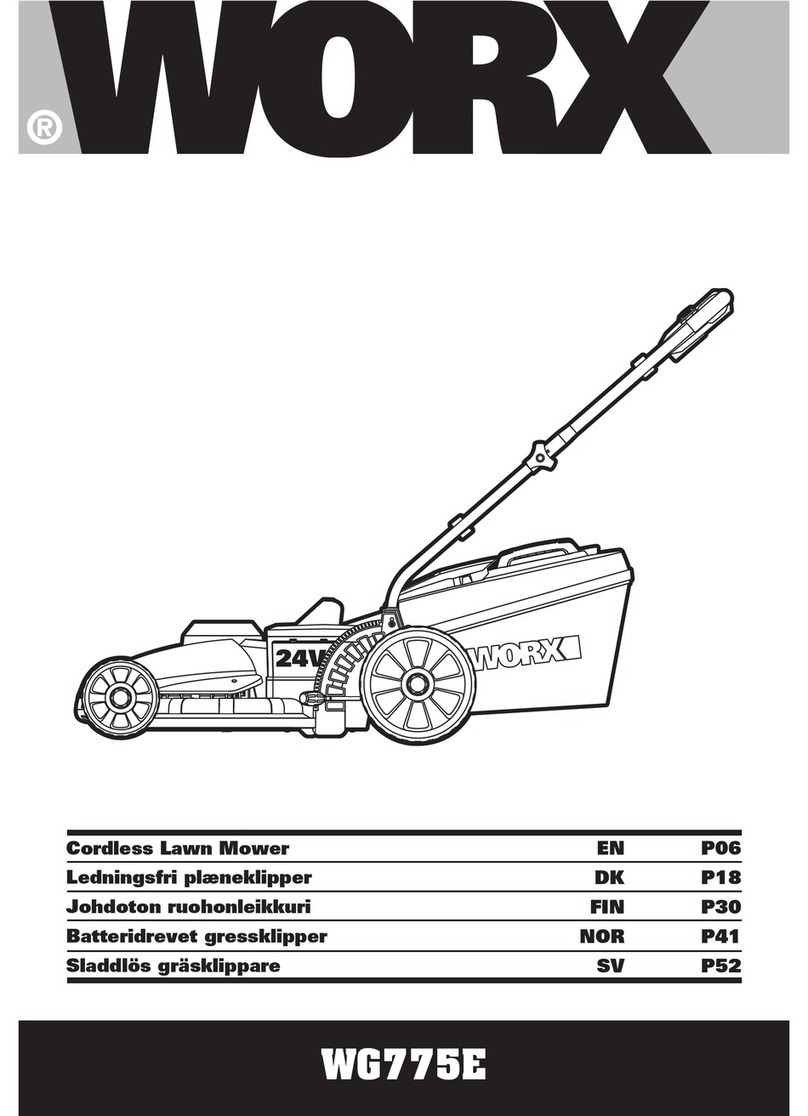
Worx
Worx WG775E User manual
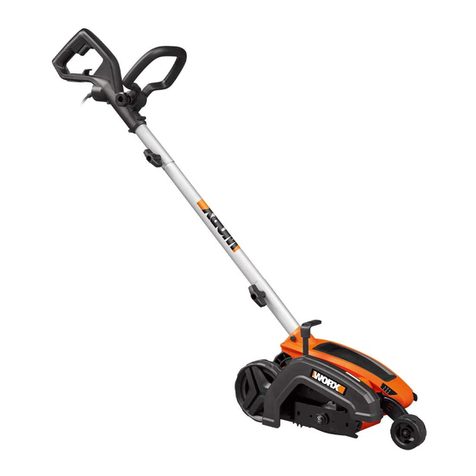
Worx
Worx WG896 User manual

Worx
Worx WG730E.9 User manual

Worx
Worx Landroid Specification sheet
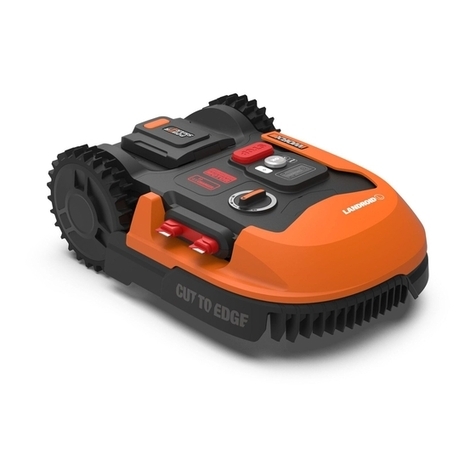
Worx
Worx Landroid User manual
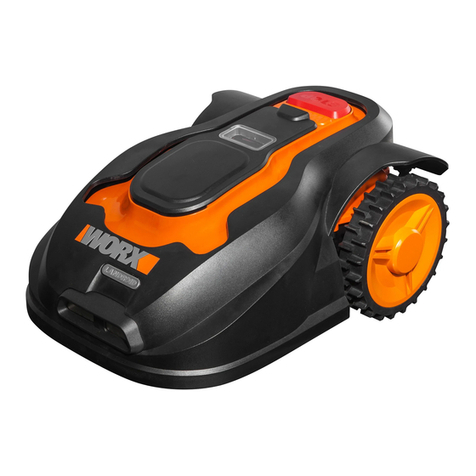
Worx
Worx Landroid M User manual

Worx
Worx Landroid User manual
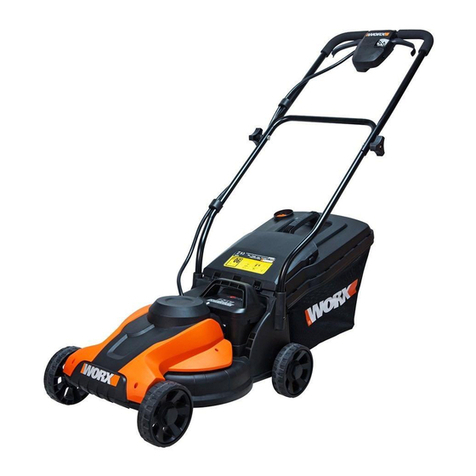
Worx
Worx WG773E User manual
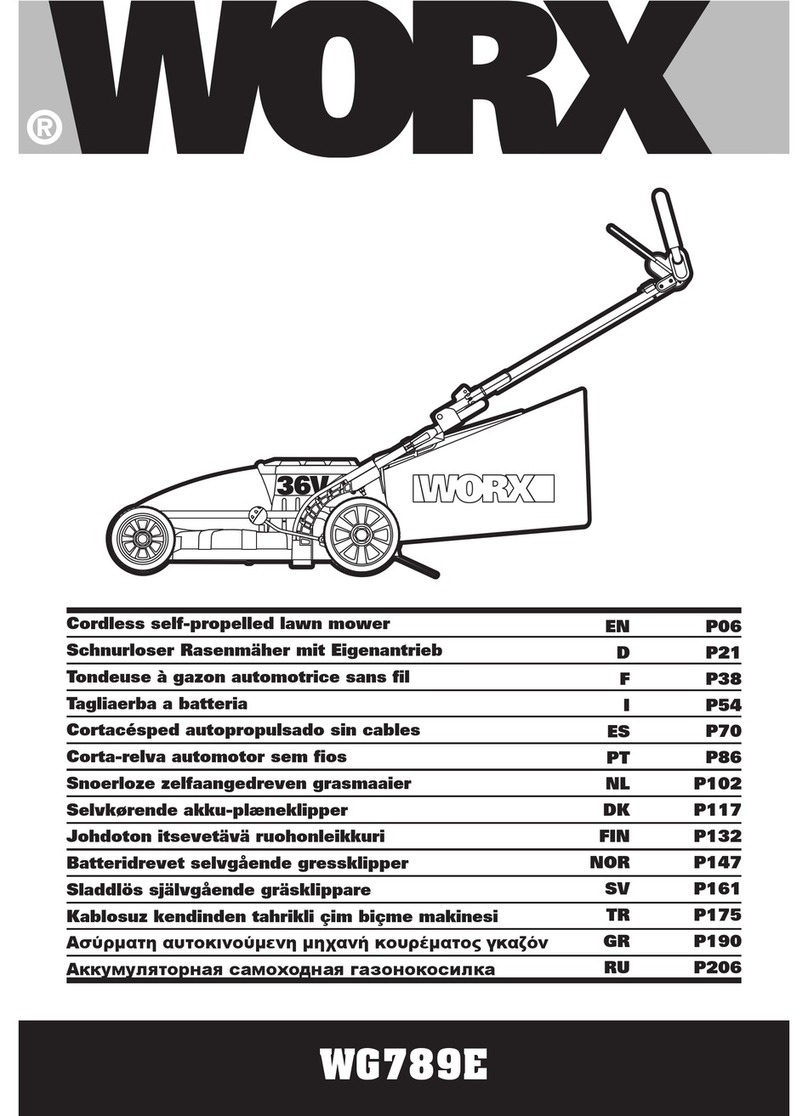
Worx
Worx WG789E User manual

Worx
Worx Landroid User manual
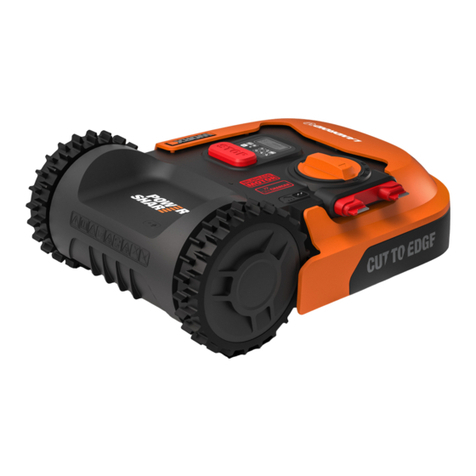
Worx
Worx Landroid WR143 Specification sheet
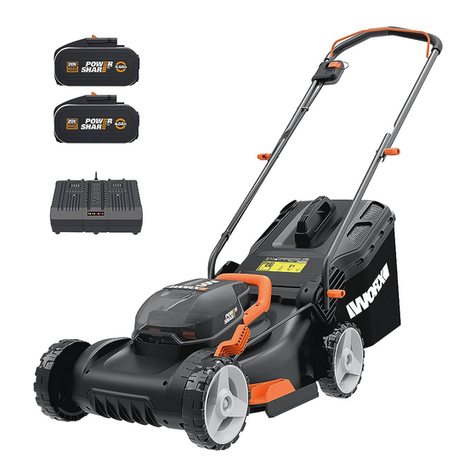
Worx
Worx WG743E.X User manual

Worx
Worx WG705E Installation manual
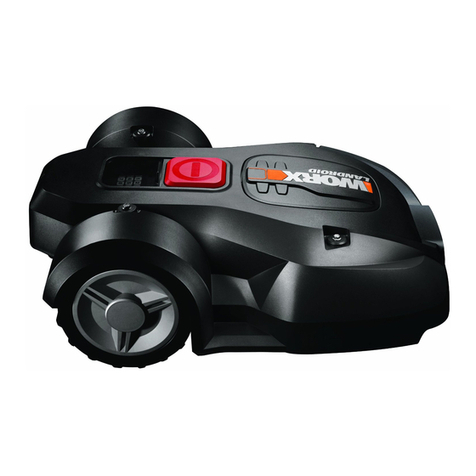
Worx
Worx Landroid WG795E User manual
